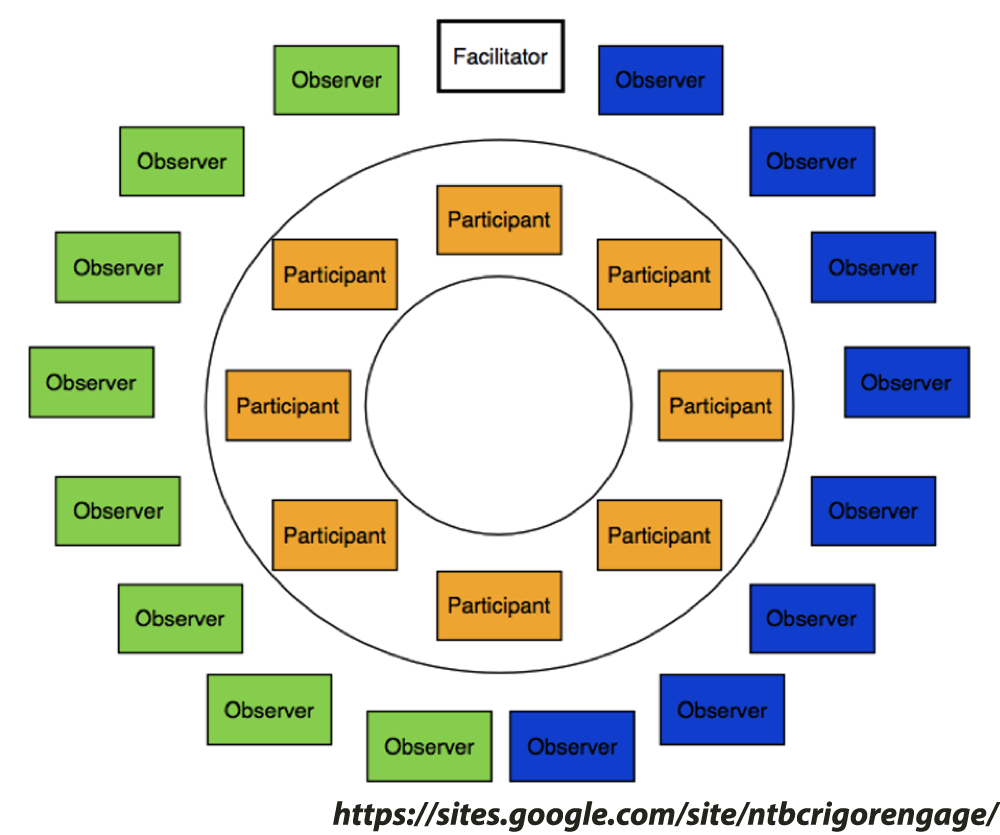Introverted students have often been seen as quiet, timid and often unengaged in the typically high-stimulation, social classroom environment. This environment is experienced in different ways between students, particularly those with introverted tendencies.
The article defines an introvert as a person that reflects an inward orientation in which psychic energy is invested in internal and personal experiences such as a preference for spending time alone. Their energy comes from within rather than external sources such as their environment. Introverts will typically be physically and mentally drained by prolonged social situations, recuperating through time in their own company or in the company of smaller social groups of close friends, many demonstrating a particularly investment in creative or artistic work.
Introversion in the Classroom
Until recently, it was assumed that introverted students were under achievers, while more recent studies suggest that the typical classroom environment, across all ages and inclusive of higher education, is not often conducive to the learning style of more introverted students. When forced into an educational setting that puts the student in a state of discomfort, it can be assumed that their performance will suffer due to this discomfort.
In our discussion, we addressed a number of strategies that are becoming increasingly commonplace in order to facilitate a better learning environment for introverts:
Cooperative Learning, in which students use small groups to work together, using their individual strengths to maximise their own learning and that of others, however the risk is run that the workload will not be evenly distributed; a risk present in group assignments with students of all ages. In this situation, it is imperative for teachers to explain to their students the importance of cooperation, collaboration and personal responsibility.
Accountable Talk, where students are given the opportunity to speak uninterrupted, as it is demonstrated through the research in the article that one of the major concerns of the self-appointed introverts among the participating students was that they will not get their turn to talk, they will be interrupted or the environment will be too noisy for them to be heard. This topic led into the concept of circle time, in which only the student in possession of a token item may speak and with careful management from the teacher, will ensure introverts will get their opportunity.
Madelle brought up the concept of the Socratic circle (see below), which tied in very well to the idea of accountable talk, in which a group of students hold a discussion under observation by other students who do not participate, but instead provide feedback to the speakers. Following this, they swap roles and repeat the process, ensuring everybody gets a chance to speak. We discussed toe feasibility of conducting a Socratic circle in an online environment with active speakers using their cameras and observers not, however the obstacle associated with this is encouraging students to turn on their cameras at any point.

Possible Assessment Equity for Introverts
While as operations and support staff, our influence over the assessment process is limited, we did discuss a number of ideas that could better facilitate the improved performance of introverted students, particularly pertaining to presentations and group work. In observing students delivering presentations to an audience, one can observe the discomfort felt by introverted students as they present, which can and has caused a lowering of potential results.
Additional ASDP sessions for presentation skills were suggested, however it could be safely assumed that introverted students by their very nature will be unlikely to sign up for such a workshop, even though it would prove itself to be tremendously valuable to their confidence and presentation ability; often with the end result being insufficient as an incentive.